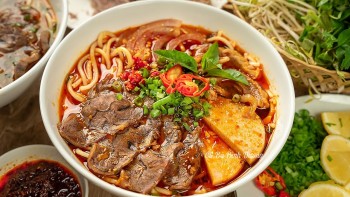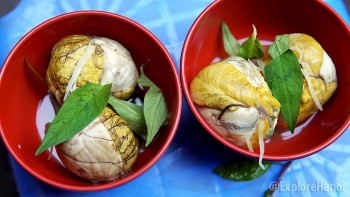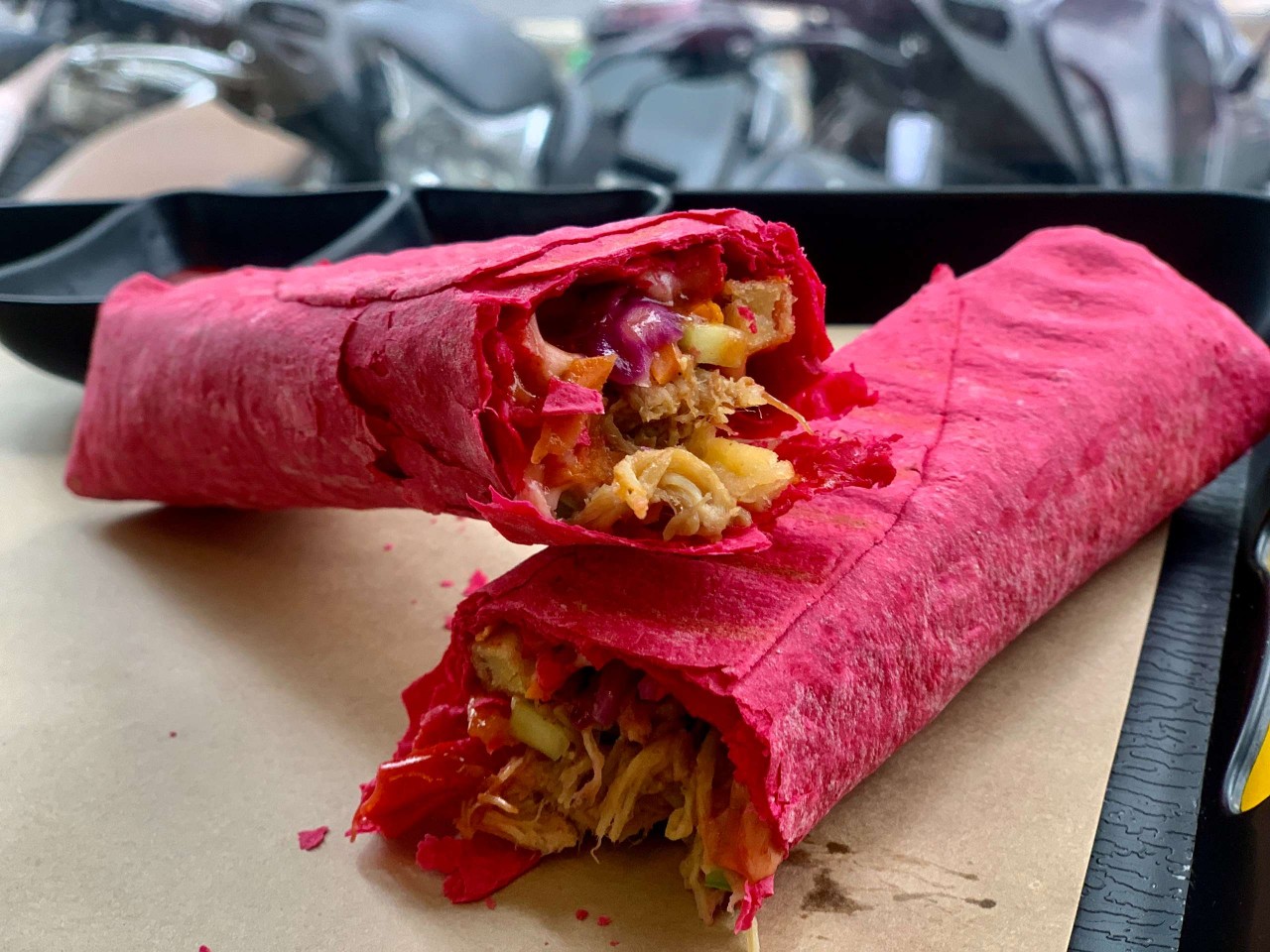Delicious and Well-known Dishes Named After Famous People
| Five Wonderful and Delicious Delicacies For Tourists Visiting Hue | |
| Unique and Unusual Vietnamese Food Dishes That You Can Try in Ho Chi Minh City | |
| How To Make Baked Mooncakes At Home |
In the past, people invented dishes haphazardly, or in honor of royalty, a statesman, or a famous actress. Indeed, even as late as the 1950s, French chef Jean Cornil wrote in his book, Haute Cuisine, ‘to name a dish after a reigning beauty or social celebrity is to pay a sincere compliment to both dish and lady, an opportunity which no French chef should neglect.’
A surprising number of foods are named after real people. Here are some of them.
1. Pizza Margherita
 |
| Photo: Healthiir |
Pizza Margherita is to many the true Italian flag.
According to popular tradition, in 1889, 28 years after the unification of Italy, during a visit to Naples of Queen Margherita of Savoy, wife of King Umberto I, chef Raffaele Esposito of Pizzeria Brandi and his wife created a pizza resembling the colors of the Italian flag, red (tomato), white (mozzarella) and green (basil). They named it after the Queen — Pizza Margherita.
Legend has it that the first two pizzas that Esposito and his wife made were not to the Queen’s tastes. These included pizza marinara, which featured garlic, and pizza Napoli, which featured anchovy. The third pizza—inspired by the colours of the Italian flag—the Queen approved. Esposito immediately named the pizza after Queen Margherita and asked her for a Royal Seal.
The note which a chamberlain sent to Esposito still hangs in the pizzeria he worked at, Pizzeria Brandi. However, the veracity of this note has been contended amongst historians for several reasons. Historians have questioned: the disparities between the royal stamp and other royal stamps of the time, as well as its placement; the stationary used to write the note on; and the discrepancy in the handwriting, which was supposedly written by the chamberlain Camillo Galli.
The question of this note’s possible forgery has led many to questions. Is this fable regarding the Queen of Margherita even true to begin with? Or, was just a fabrication to sell pizzas during a hard time?
Nonetheless, the popularity of the margherita pizza is undeniable. Its deliciousness has stood the test of time.
2. Soufflé Diana
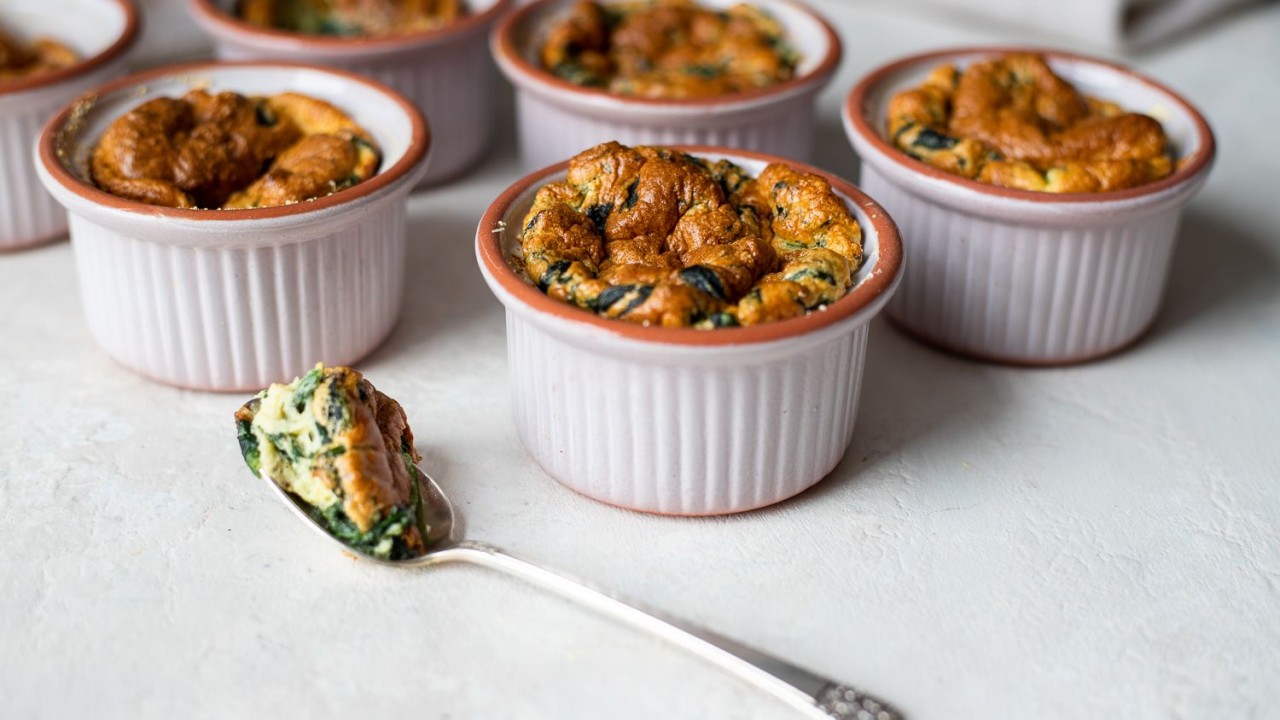 |
| Photo: The Spruce Eats |
Created by D&D London in 2008 when it took over Launceston Place in Kensington, a regular haunt of the late Princess Diana in the early 90s. This was a cheese souffle at the centre of which was a quenelle of mustard ice cream. Previously, a double baked goat’s cheese souffle was always on the menu, as recounted by former pastry chef Yotam Ottilenghi in his book, Plenty. It’s no longer on the menu under current head chef Ben Murphy, however.
3. Beef Stroganoff
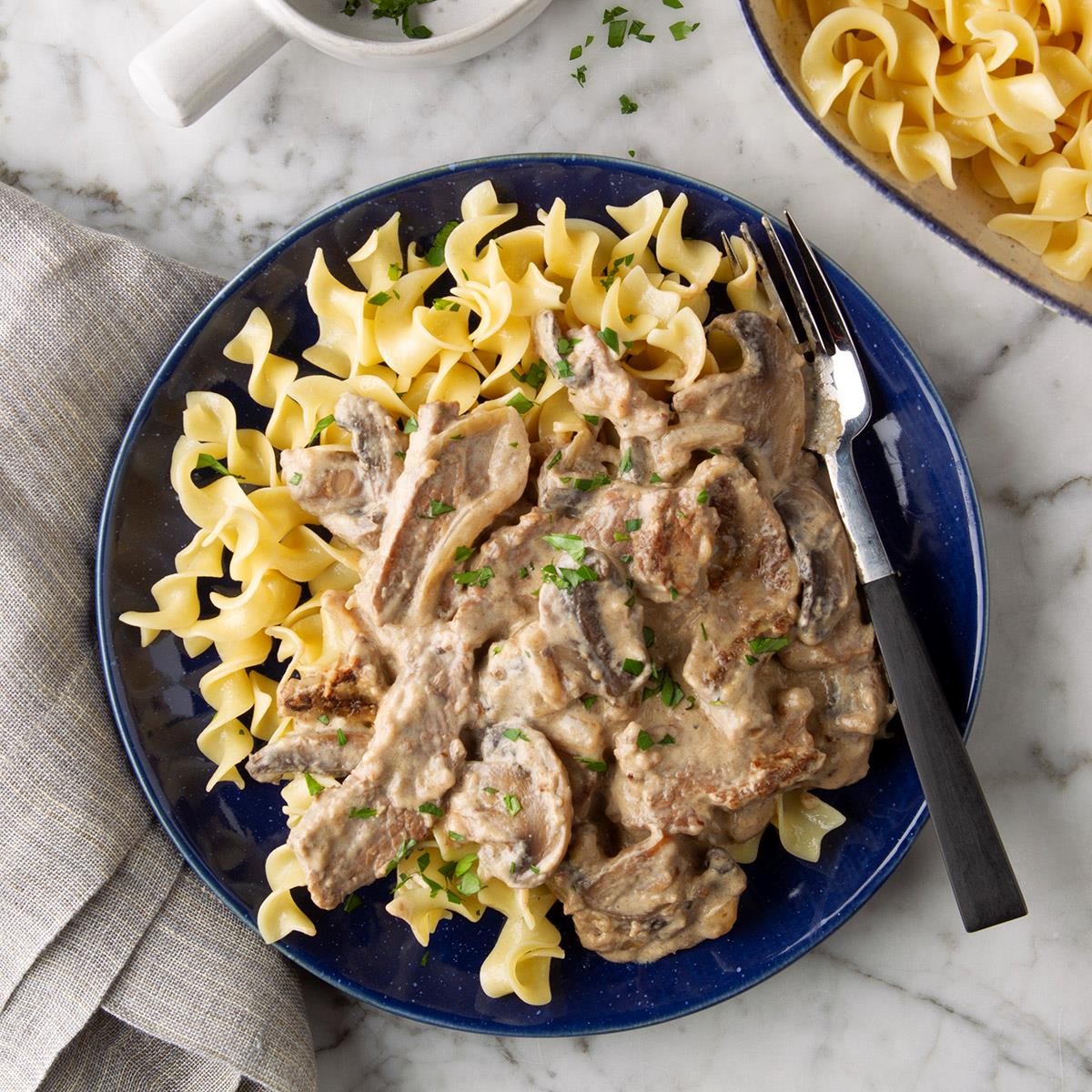 |
| Photo: Taste of Home |
The commonly accepted history of Beef Stroganoff is that a French chef who worked for a wealthy St. Petersburg family created the dish for a cooking contest in 1891. Following the Russian custom of the day, he named the prize-winning dish for his employer, Count Pavel Alexandrovich Stroganov. A convincing detail sometimes offered is that the thin slices of meat called for were to accommodate the elderly Count’s failing teeth.
Count Stroganoff's French/Russian split found its way into his diet, as Russian aristocrats would often hire French cooks but retain a palate honed in the homeland. According to the cookbook A Taste of Russia, the original beef Stroganoff recipe derived from a basic French mustard for seasoning beef, combined with a dollop of Russian sour cream, which Stroganoff's chef named after his benefactor.
Beef Stroganoff, luxurious yet easy to prepare, became a signature dish with countless hostesses, and a headline entrée in upscale restaurants.
4. Reuben Sandwich
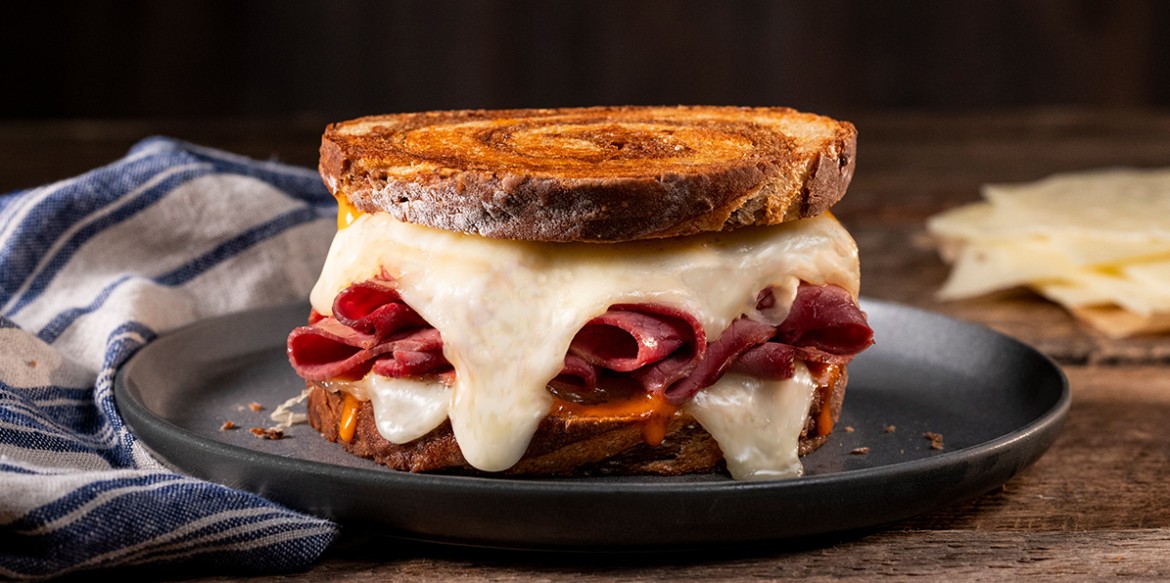 |
| Photo: Sagento Cheese |
As a modern staple of New York Jewish delis, it seems natural that this is where the Reuben sandwich originated. Many claim that Arnold Reuben, proprietor of Reuben's Restaurant and Deli on E. 58th Street, invented it in 1914. As his daughter tells the story, an actress named Annette Seelos (known for her starring roles in Charlie Chaplin films) came into the restaurant late one night and was just famished. She asked Reuben to make her a huge sandwich, so he took ham, turkey, Swiss, coleslaw, and Russian dressing and served it on rye bread. It was a hit, and he called it the Reuben Special.
Observant readers will note, however, that there are some key differences between that sandwich and the Reuben that we know and love today.
Which then brings us to Omaha, Nebraska, where others swear the Reuben sandwich was first concocted in the 1920s. It was there that Bernard Schimmel ran the kitchen at the Blackstone Hotel, which his father owned and where he would also enjoy a weekly poker game with friends. As this legend goes, one of the players—local grocery store owner Reuben Kulafofsky—requested a sandwich with corned beef and sauerkraut. Schimmel, who was a European-trained chef, put his own spin on it by draining the sauerkraut, mixing it with Thousand Island dressing, then layering it with Swiss and homemade corned beef on dark rye bread. His crowning addition, though, was to grill it.
The earliest reference to a Reuben sandwich on a restaurant menu appears to be from the Blackstone's main dining room in 1934, when the sandwich cost just 40 cents. This appears to settle the debate, at least to a certain extent.
5. Eggs Benedict
 |
| Photo: Getty Images |
The true origins of the popular brunch dish eggs Benedict are unknown, but several theories exist. The earliest record traces back to the popular Delmonico’s Restaurant in Lower Manhattan. It’s said that chef Charles Ranhofer came up with the combination in the 1860s when Mrs. LeGrand Benedict, one of his regular diners, grew tired of the menu and wanted something new. His recipe, which he dubbed Eggs a la Benedict, was published in his cookbook in 1894.
Another legend attributes the creation to a man named Lemuel Benedict in 1894. After a night of drinking, Benedict wandered into the Waldorf Hotel, also in Manhattan. There he ordered a few components of this dish (though he ordered bacon instead of Canadian bacon and toast rather than an English muffin). Seeing this order come through, the maître d’, Oscar Tschirsky, recognized how tasty it could be. Tschirsky put the dish on the menu, though this time adding the signature Canadian bacon and English muffin.
6. The Bellini cocktail
 |
| Photo: xoxoBella |
The first Bellini was poured in the summer of 1948 by Giuseppe Cipriani, founder and barman of the legendary Harry’s Bar in Venezia. Located just off the Grand Canal, the iconic bar was frequented by the likes of Humphrey Bogart, Truman Capote, and Ernest Hemingway.
These glamorous guests flocked to Harry’s Bar for Cipriani's frank conversation, peaceful atmosphere, and simple food and drink. The menu drew from seasonal produce found in the Venetian countryside. In fact, inspired by the region’s fragrant white peaches and world-famous sparkling wine, the barman invented the Bellini.
7. Oyster Rockefeller
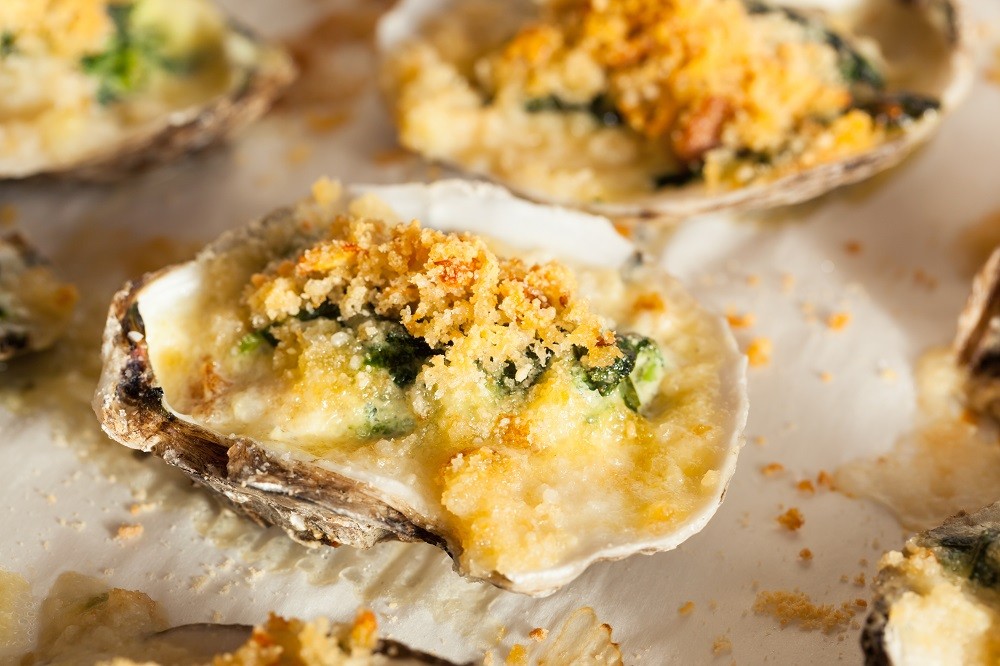 |
| Photo: Edible Delmarva |
Established in 1840, Antoine’s is considered America’s oldest family-run restaurant and the original Oyster Rockefeller recipe is said to be one of the most sought-after recipes in the world. Even the ex-employees of this restaurant will not talk about how Antoine’s Oysters Rockefeller are made. The original recipe is a closely-guarded Antoine’s secret, though it has been imitated, adapted, and evolved in a host of ways. The original oysters Rockefeller is said to have been made with watercress, not spinach. Jules Alciatore exacted a promise on his deathbed that the exact proportions be kept a secret forever.
8. Beef Wellington
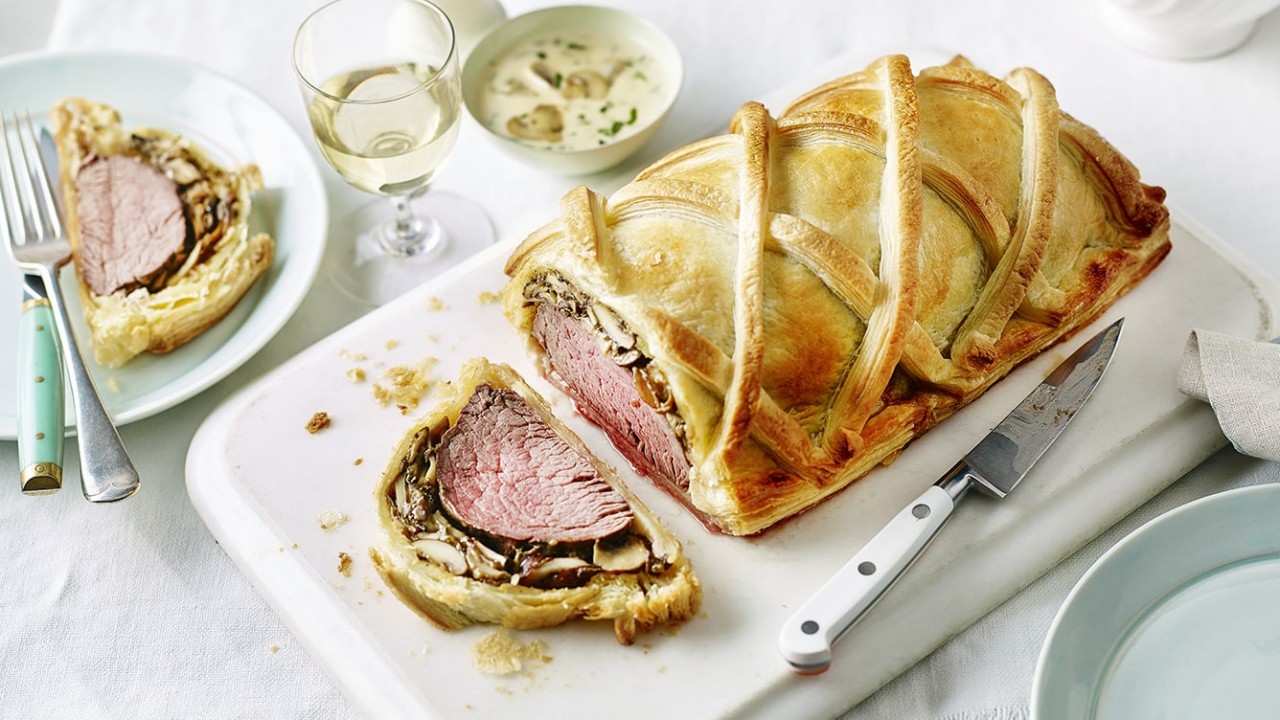 |
| Photo: BBC UK |
It is generally agreed that the dish was created in celebration of the first Duke of Wellington, Arthur Wellesley, and his victory at the Battle of Waterloo on June 18 1815. The Duke was given his title after defeating Napoleon Bonaparte the year before, and not long after he became Prime Minister. Such an iconic character needed immortalizing, so (naturally) they named a pastry ensconced beef dish after him.
Wrapping meat in pastry has been a favored culinary technique in many countries for many centuries- The Greeks were the first to wrap a flour and water paste around their meat to seal it before cooking, and the Cornish Pasty (the stalwart of miners’ lunchboxes) has been around since the 14th Century. However, the Beef Wellington most closely resembles the French filet de boeuf en croute and may well have been renamed the Beef Wellington after the Battle of Waterloo — rather than being a dish specifically created for the Duke of Wellington.
 | Unique Pizza from Hu tieu Noodles in Can Tho Coming to Can Tho, tourists can taste unique pizza made from hu tieu, a type of noodles, and even learn how to make colorful hu ... |
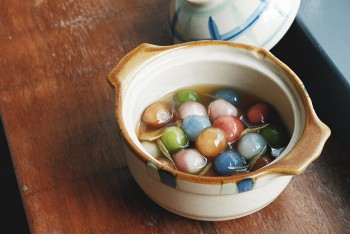 | How To Make Che Bot Loc: Clear Tapioca Balls in Ginger Syrup Che bot loc is best eaten warm on a cool, rainy day, especially during the fall season. |
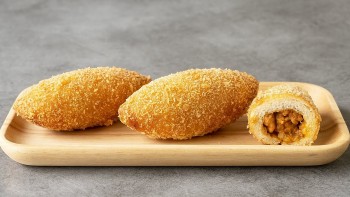 | CNN: The Best and Most Delicious Bread in Asia Bread is one of the familiar food in every Asian family, and in many countries in the world. CNN has make a list of best ... |
Recommended
 World
World
India-EU trade agreement expected to be promoted in the future
 World
World
German Chancellor Merz begins his first state visit to India
 World
World
Vietnamese Lunar New Year Food Fair 2026 Showcases Cultural Identity in Malaysia
 World
World
India named President of BRICS+ for the 2026 term
 World
World
India strengthens defense and security ties with Central Asia
 World
World
India–Brazil–South Africa (IBSA) Dialogue Forum: An Assessment – Analysis
 World
World
India’s package for exporters signals confidence in Southeast Asia markets
 World
World

